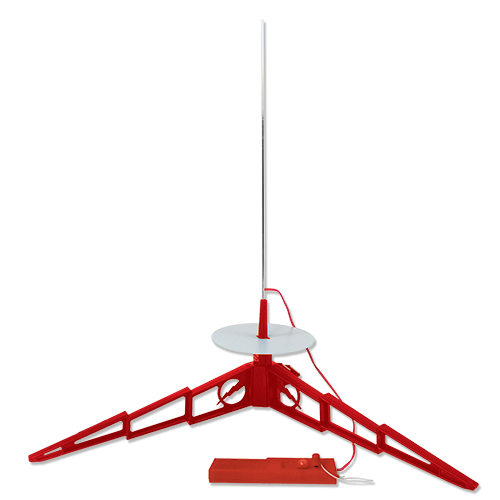Estes Porta-Pad II Launch Pad and Electron Beam Launch Controller, Estes model rocket engines, starters and recovery wadding.
Four 1.5V high quality AA alkaline batteries (sold separately)
What You Need to Fly
-
 Best Seller
Best SellerC5-3 Engines
5.0 / 5.0
(18) 18 total reviews
Regular price $13.99Regular priceUnit price / per$13.99Sale price $13.99 -
 Sold out
Sold outC6-3 Engines
4.81 / 5.0
(16) 16 total reviews
Regular price $13.99Regular priceUnit price / per$13.99Sale price $13.99Sold out -
 Best Seller
Best SellerRecovery Wadding
4.83 / 5.0
(23) 23 total reviews
Regular price $5.99Regular priceUnit price / per$5.99Sale price $5.99 -
Porta-Pad® II Launch Pad and Electron Beam® Launch Controller
4.77 / 5.0
(22) 22 total reviews
Regular price $39.99Regular priceUnit price / per$39.99Sale price $39.99





